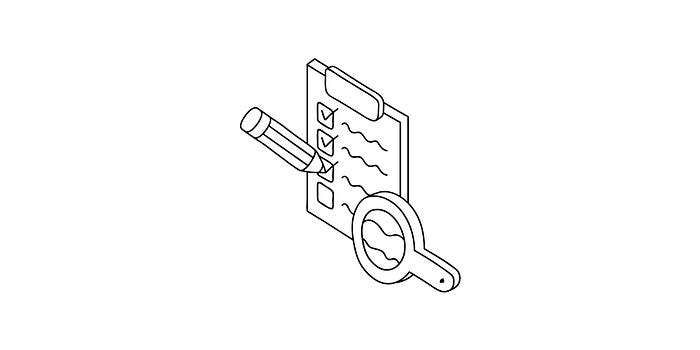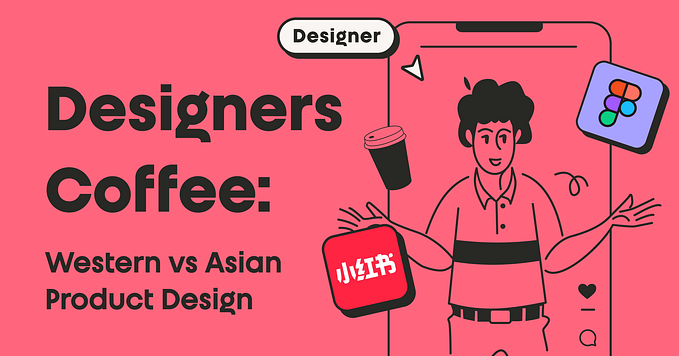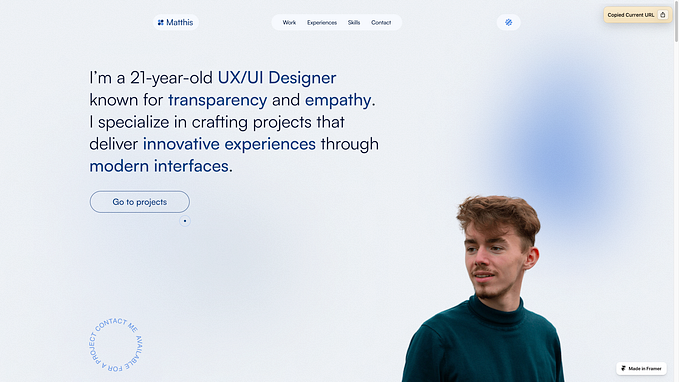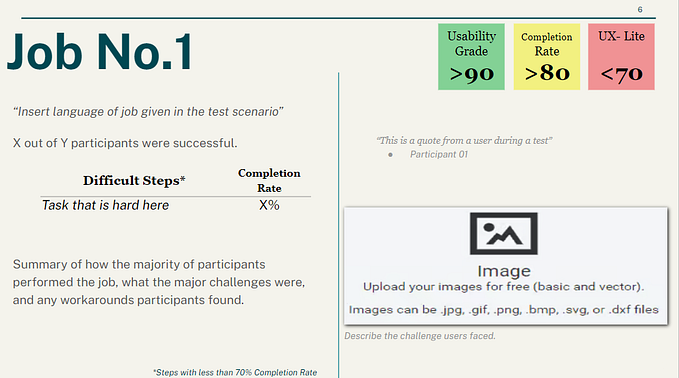Introduction to UX design research
Design is about people, both the ones behind it and the ones who will use it. But, when you’re sitting on the other side of the screen, it can be tough to figure out what will make your design pop in the eyes of others. To really hit that sweet spot, you need to know what UX research is and utilize its power for your creations. Today, I’ll talk a bit about how UX research is done, why it’s a necessity, what the tasks of a UX researcher entail, and how you can understand it better. In other words, it’s time we do research on UX research.

What Is UX Design Research?
UX or design research is a collection of surveys, methods, and techniques meant to elicit feedback from users on separate elements of the UX or the design as a whole. It’s meant to be a subtle process of sourcing information that helps designers like me change their projects and tweak them to the user’s liking. It can include deploying a nearly finished product to a customer, a prototype, or a barebones build that’s specifically intended for testing out a single element.
By conducting all this testing and surveying, I try to get a look at my design from the perspective of my users. It’s not about making them love my ideas, it’s about tailoring my ideas so that they can be loved by the user. The onus is on the designer to do right by the user and, by analyzing the data from the design research, create excellent UX. It’s a way to improve your work and help you make sense of a project in a field that’s new to you.

There are also two main types of UX research, qualitative and quantitative. The former is about answering questions of responsiveness and user satisfaction. Pretty much a way to find out “why didn’t anybody click my button?” or “which elements stand out thanks to my design?”. It can be a bit harder to solidify into data since many users, when prompted, hesitate and can’t give a precise response because an end-user doesn’t think about a site in terms of elements.
Quantitative design research is about gathering data on the amount of visitors pages get, the number of clicks given to a button etc. This one is easier to interpret and turn into usable data, which means you get results faster. However, I find that you have to do both if you want some real results and just surface-level improvements.
What Does a UX Researcher Do?

Well, all of the above and more, really. It’s their responsibility to conduct testing, collect feedback, and turn it all into usable data for the improvement of the UX. As a UX researcher, a person has to interact with the end-users and elicit solid responses from them, something that can actually push the design in a direction that will be received favorably. Now, it’s important to remember that a jack of all trades is a master of none. Don’t be surprised if your UX researcher prefers to do person-to-person interviews or only works with quantitative testing. Though it’s nice to get the full array of tests done, it’s smarter to have a professional who can really dig in on one aspect of testing.
Why Does UX Research Matter?

I think that a green designer can probably see the value in instant end-user feedback right away because at that stage we could all use some knowledge. However, even with my years of experience, I still find UX research a vital part of some projects. It’d be insane of me (or any designer, for that matter) to suggest that I have some kind of innate knowledge of what any user wants. Tastes change, preferences shift, and userbases can be drastically different depending on the project you’re working on. Having UX research on your side means coming into any task with a bit of confidence and some understanding of what needs to be done. Sure, you can always take care of the basics without it if you’re a good designer but this kind of thoroughness is what really takes your UX to the next level.

Thanks to the data you gather with design research, you can quickly tweak your design to really get it to a point where the end-users are happy with it. For example, by looking at answers to questions such as “which element stood out to you”, you can determine the best placement for your call-to-actions. Or, alternatively, change the way they respond to the user’s actions. Speaking of placement and standing out, while design research is, of course, focused first and foremost on the user’s response to interaction, it’s not just about UX. You can freely use the data you collect to adjust the UI, though that’s less “research” and more “listening to feedback” if you ask me.
Now, all of that, of course, presumes that you use the appropriate methods and tools to do your design research. These are going to be different for everyone but in the next part of this post, I’ll try and do a review of the key ones that have helped me grow as a designer and listen more closely to the data. I would also, of course, love to hear any examples of UX research saving a project or, for a different point of view, not bringing much to the table.
Big thanks to my copywriter colleague Semyon for the co-writing help and thank you for reading!









